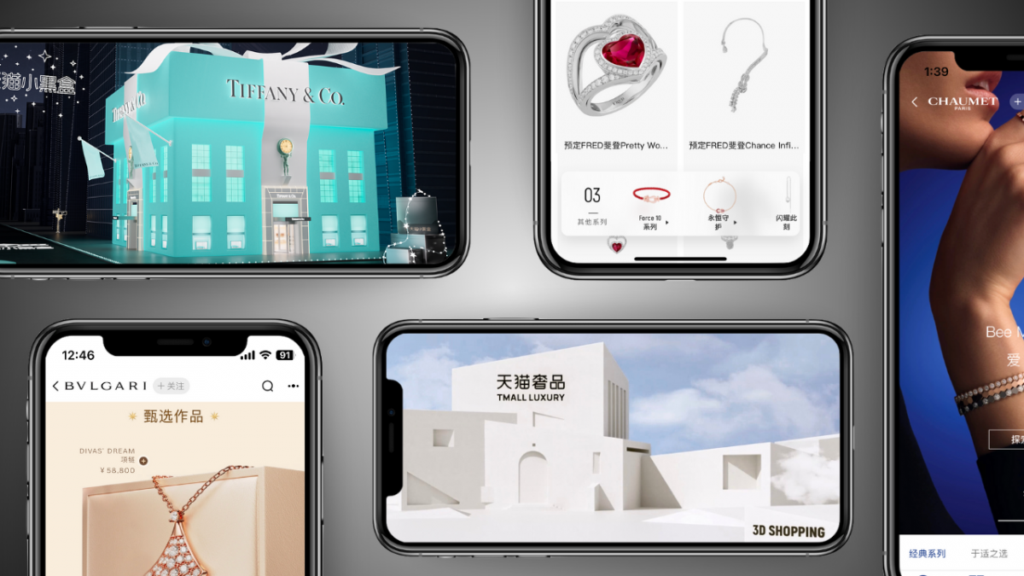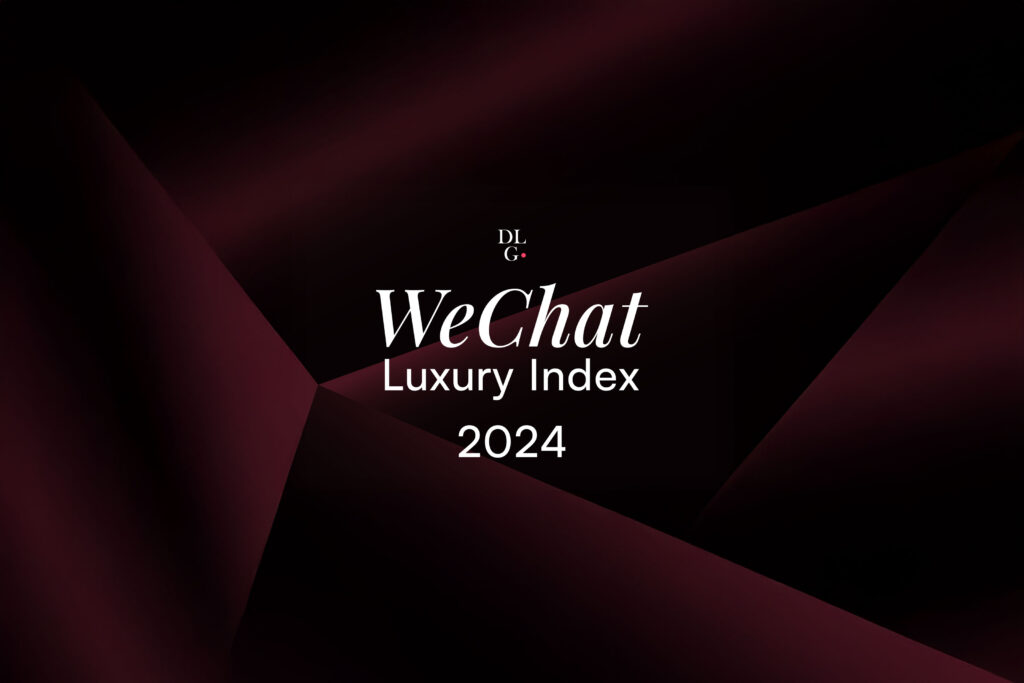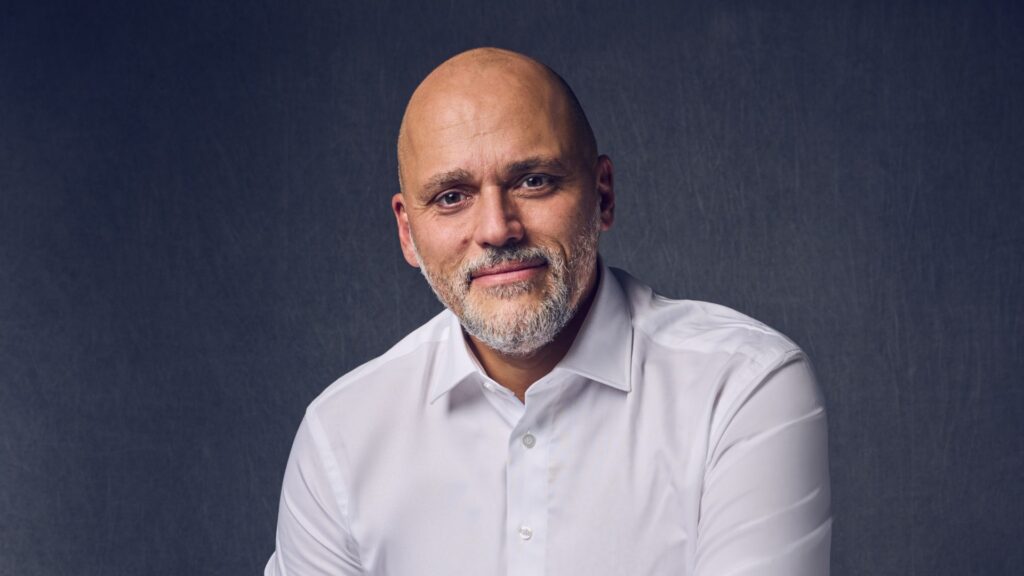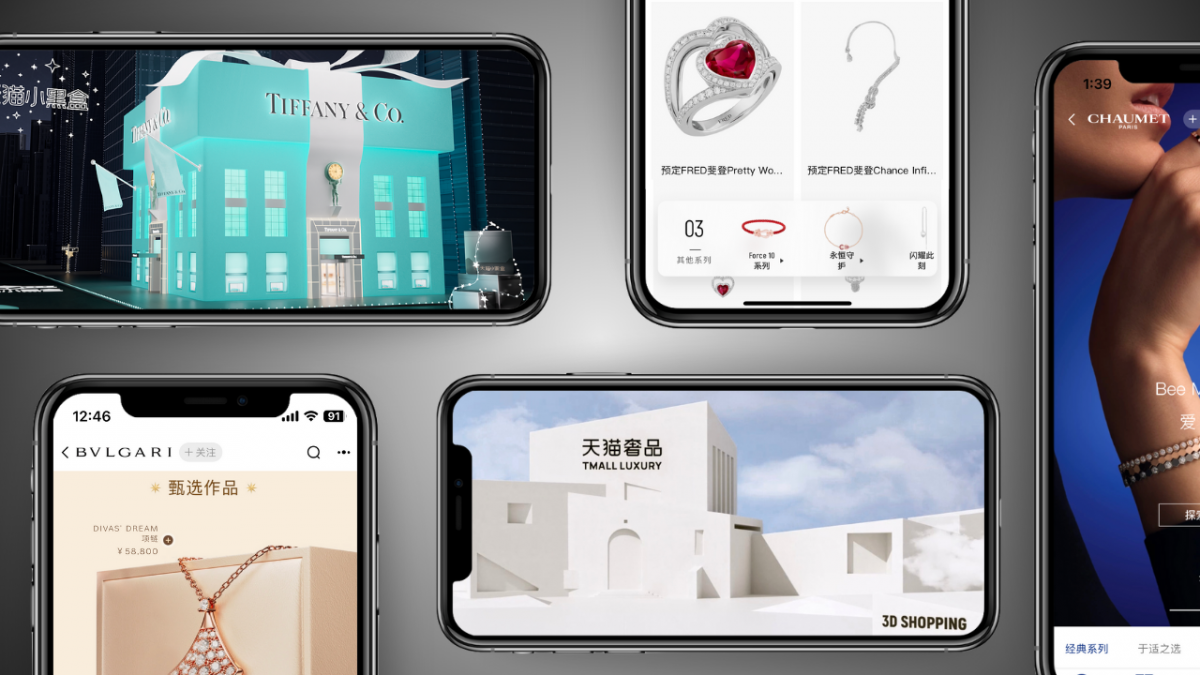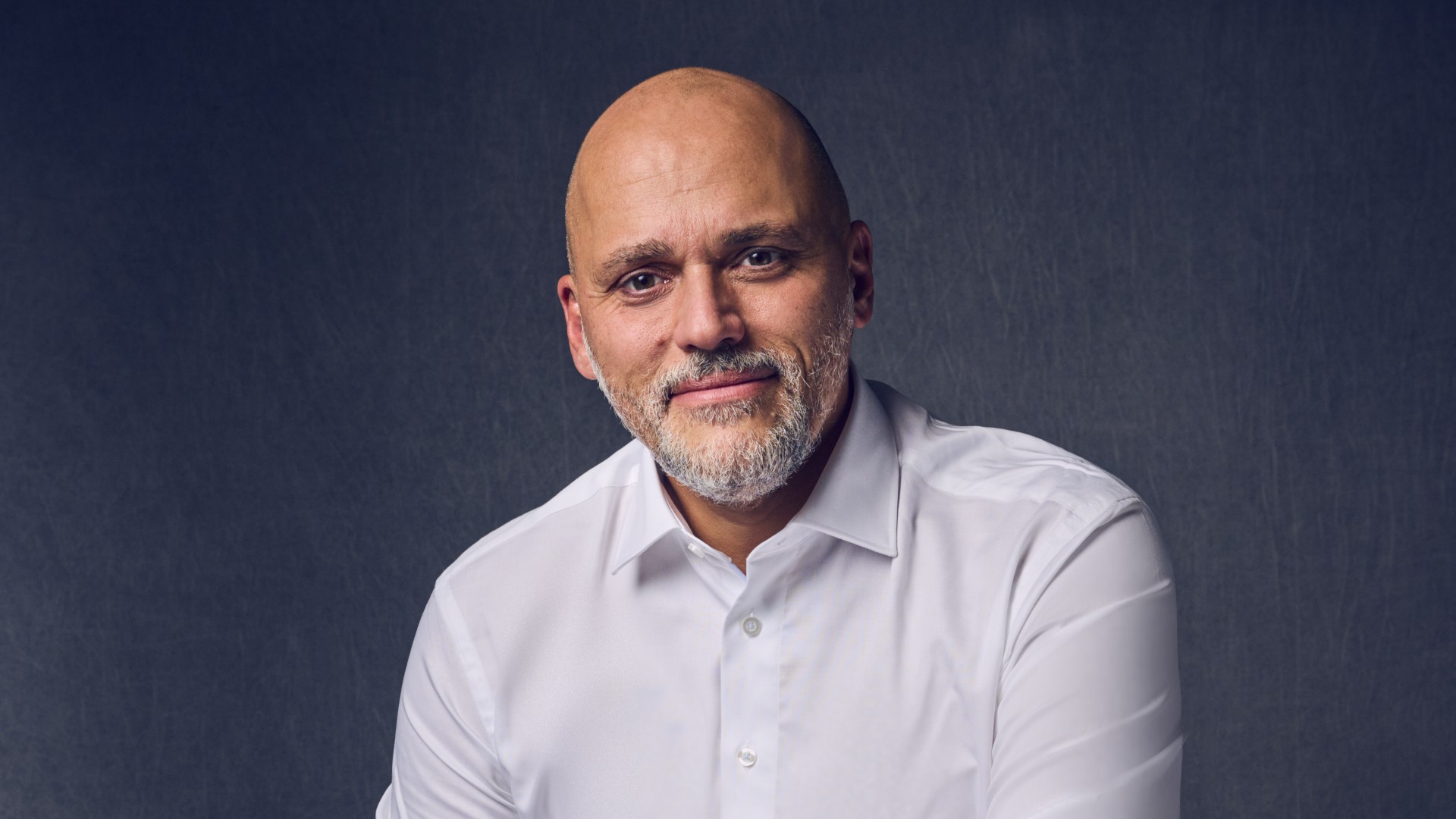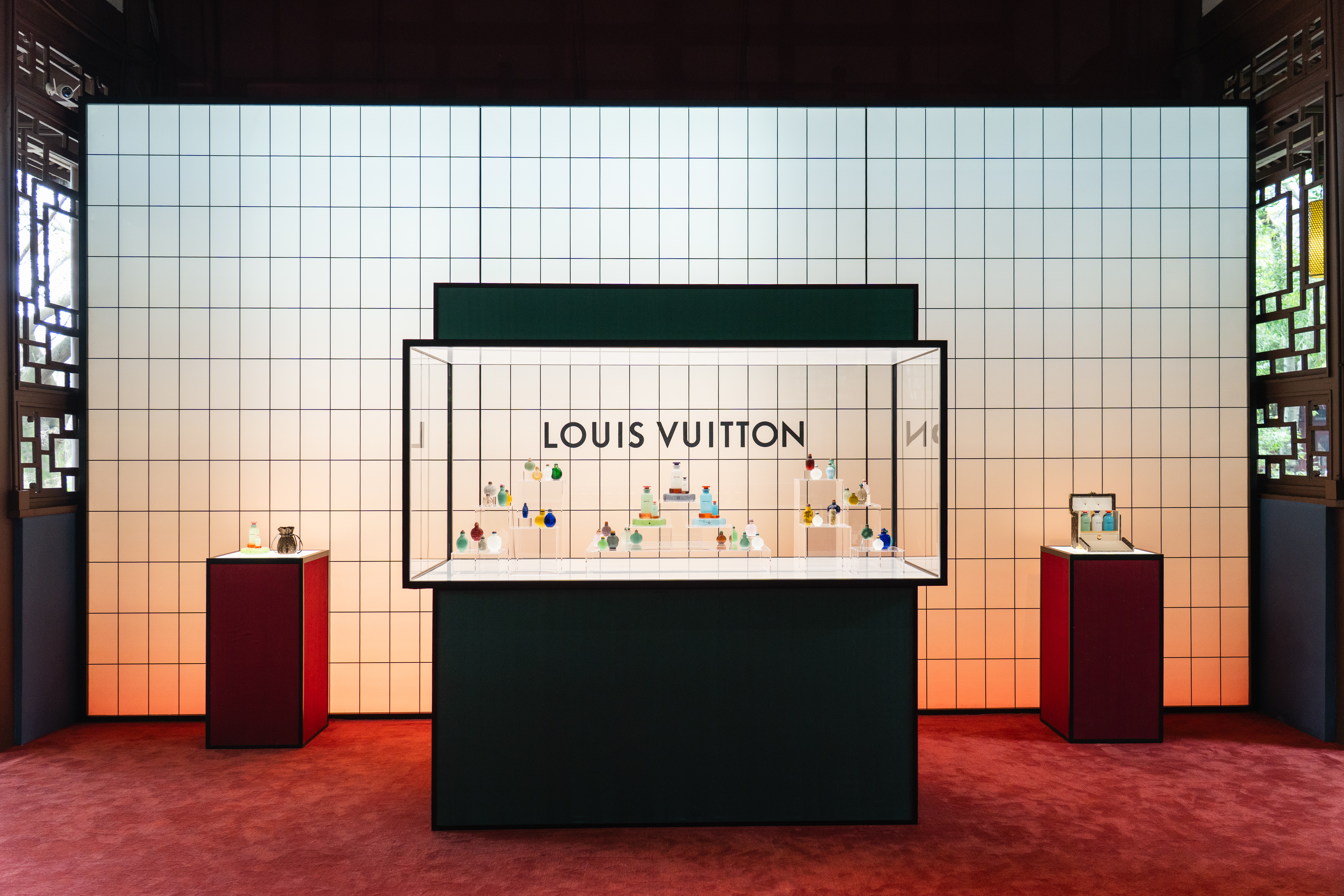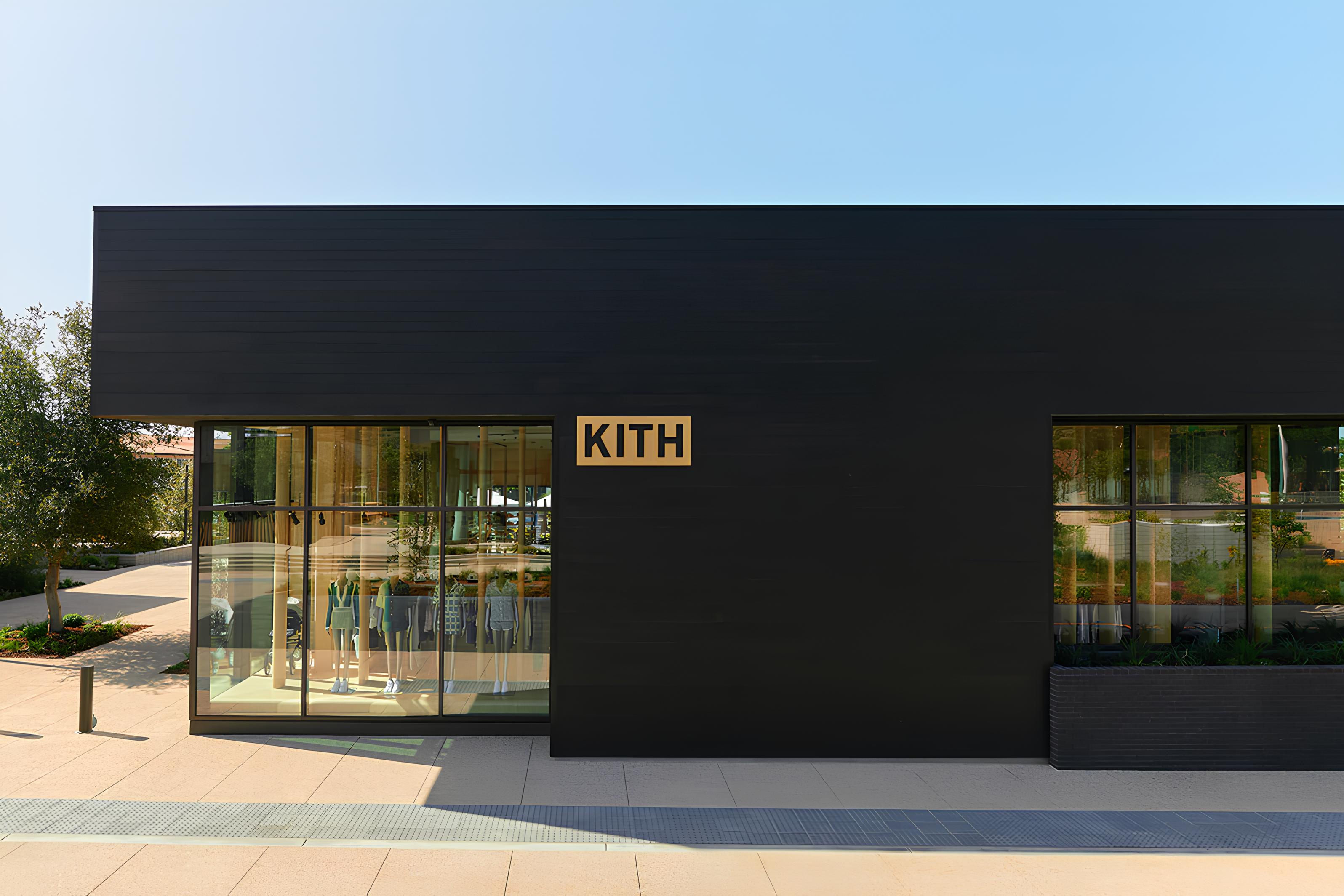How does the marriage between Moncler and Stone Island change notions of brand acquisitions in the luxury sector, while writing a new definition of luxury?

Credit: Supreme
On the management side, Moncler has expressed that it will continue to focus on Moncler, given that Stone Island already has a strong team in place. Unlike in typical transitions from a mono-brand company to a multi-brand group, Ruffini appears to be in no hurry to create a structure overseeing both brands. Carlo Rivetti, Chairman and Chief Executive Officer of Stone Island, will join the board of Moncler SpA after the transaction closes. The largest shareholder of Moncler – Ruffini Partecipazioni, which is owned by Ruffini, will be renamed Double R Srl to reflect the collaboration between Ruffini and Rivetti.
The merger between Moncler and Stone Island presents the fashion world with an interesting way to view the relationship between the acquirer and the acquired. Rather than positioning one as greater than the other, the acquisition was positioned as a meeting of the minds.
Going Bigger Or Deeper?
In recent years, movements in the fashion and luxury sector have shown that size does matter. LVMH is looking to boost the performance of its jewellery category with Tiffany & Co.; top streetwear brand Supreme is set to help VF Corporation to strengthen its penetration among younger generations while building synergies with the Group’s other brands; Drunk Elephant undoubtedly played a vital role in helping Shiseido to delve into the clean beauty market.
Even Kering reportedly considered Moncler as a target for expansion in the luxury outerwear category.
Many see Stone Island as complementary to Moncler: the consistency of Stone Island’s performance across seasons could contribute to the group’s corporate performance in the warmer months. In addition, the more affordably priced Stone Island could help reach younger consumer groups. The resulting balance across categories – especially the knitwear and cut and sewn categories that have lower price points – is likely to provide the group with long-term revenue growth as well.
However, in terms of scale, there is still room to grow Stone Island’s sales contribution (Stone Island’s total 2020 revenue is less than that of Moncler’s in the first quarter of 2020). While other conglomerates tend to look for horizontal growth through acquisitions, Moncler appears to be looking at vertical growth with Stone Island, tapping into the depth of its brand portfolio and the fact that both brands share a similar DNA. Stone Island serves as an extension of Moncler’s menswear line, and thanks to its large fan base and product assets (i.e., its fabric development technology), the brand will not directly compete with Moncler in the same way a cheaper diffusion line might.
Credit: Moncler
Roberto Eggs, Moncler’s Chief Marketing And Operating Officer cited several figures when weighing in on Stone Island’s potential. The men’s ready-to-wear category is currently valued at €64 billion, representing over 22 per cent of the total personal luxury market – 40 per cent of which comes from casual menswear. Faced with the rise of young consumers and the trend of casualisation, Stone Island will continue on its growth trajectory in this space.
The Antithesis Of Luxury
In recent years, the definition of “luxury” has been constantly evolving. In the face of different consumer groups and channels, the industry has been diversifying and this is reflected in the breadth of communication and the increasingly blurred boundaries between brands as legacy luxury labels seek younger audiences by embarking on crossover projects.
After half a century of strengthening its brand value, the outdoor utility brand born in a small mountaineering town in the southeast of France has found its home in luxury fashion. In 2008, Moncler started working with two designers – Giambattista Valli and Thom Browne – on a long-term partnership, and launched menswear and womenswear sub-brands: Moncler Gamme Rouge and Moncler Gamme Bleu. But in 2018, these two fashion lines were halted and replaced by a massive project that is even more eye-catching: Moncler Genius.
Credit: Moncler Gamme Bleu
In its inaugural year, the Genius project launched collaborative collections with eight designers including Pierpaolo Piccioli and Simone Rocha. Moncler’s hero product, the down jacket, was used as an anchor point to explore different cultural contexts. Before the Genius project, Moncler also hinted at collaborations in the same vein through its Moncler O and Moncler C series with Off-White and Craig Green. The Genius project has redefined the notion of designer collaborations – instead of mere pop-up stores and co-branded merchandise, it has grown into a unique platform for designers to unleash their creativity.
This disruptive tactic in the luxury industry serves as a prelude to what the is to be expected from the multi-brand Moncler Group in the years to come. It’s challenging to put Moncler and Stone Island in a specific category, be it streetwear, athleticwear or a traditional luxury brand – they are multi-dimensional brands that straddle different segments. And this is why Stone Island represents so much potential. According to Eggs, “We see [a] very clean and pure brand platform that we can leverage in the future. It’s a brand about communities and it’s a brand regarding also contamination.”
Born out of the Italian Paninaro culture of the 1980s, Moncler and Stone Island have roots that are seemingly incongruent with traditional luxury culture. This places them in an interesting and advantageous position in this era where consumers are increasingly enamoured to the idea of alternative luxury brands. As Bernstein analysts Bruno Moteyne and Luca Solca once expressed in a client note: “Luxury goods brands are wise to integrate relevant values in the present Zeitgeist. These values, in fact, define the debate in our societies and are most likely going to be used by consumers as elements to define and support their [own] identities.”
During Moncler’s 2019 results conference call back in February last year, Ruffini commented, “I think this market has changed a lot, I think there is opportunity on the market, not in a typical luxury word but in the new young luxury experiment.” As it turns out, Stone Island was Moncler’s first step in this direction – what will be its next?
Cover Image: Stone Island


